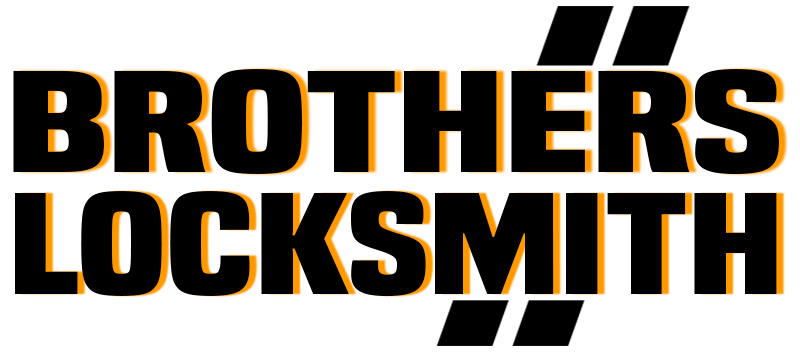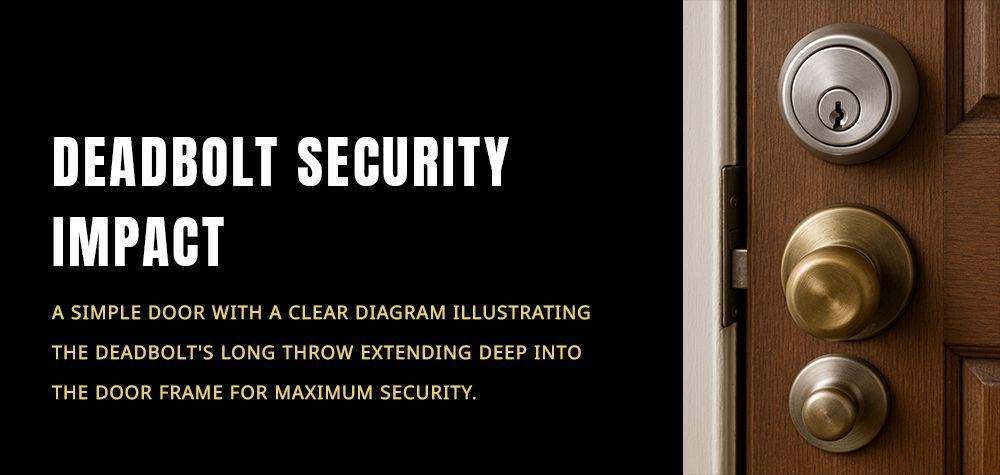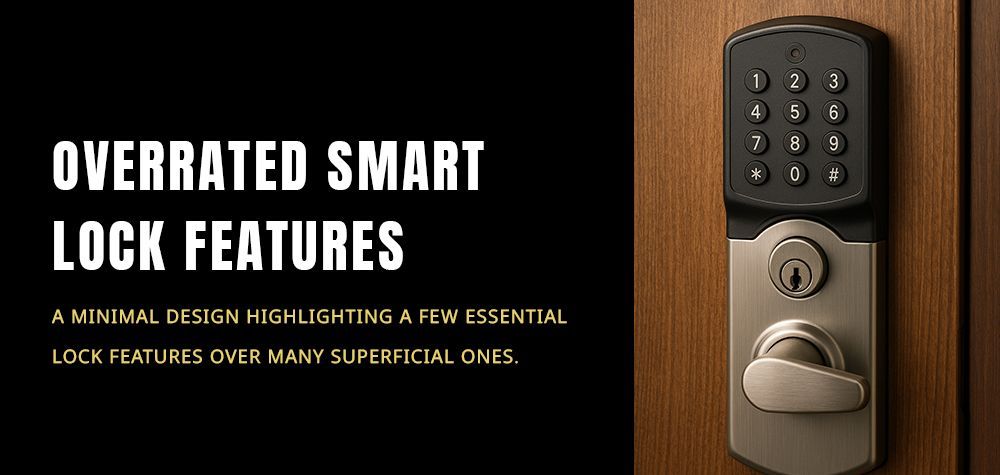What to Do If Your Office Safe Won’t Open
It’s one of those moments that can throw your entire workday off track: you walk into the office, try to open the safe for important documents or cash, and nothing happens. The keypad beeps, the dial spins, or maybe there’s complete silence—but one thing’s clear: the safe won’t open.
Don’t panic. Safes are designed to protect your valuables, and sometimes that same security system causes hiccups. Whether it’s a mechanical issue, user error, or something more serious, this guide will walk you through why your office safe might not be opening—and what you can do about it, without damaging the safe or compromising its contents.
"How Often Should a Business Rekey Its Locks?"
1. Common Reasons Your Office Safe Won’t Open
Let’s start by understanding why this happens in the first place. Not all locked safes are signs of break-ins or theft—most safe malfunctions have simple, fixable causes.
Forgotten Combination or Code
This is by far the most common reason, especially in offices with multiple employees. If someone changed the code and forgot to inform others—or if the code was set months ago and never used since—there’s a good chance it’s just human error.
Dead Batteries or Power Failure
For digital safes, low or dead batteries are often the silent culprit. Some models won’t even give you a warning beep when the battery is drained, leaving you stuck with a non-responsive keypad.
Jammed or Misaligned Bolts
If you hear the safe trying to open but the door doesn’t budge, the locking bolts might be misaligned. This can happen due to rough handling, overstuffing, or even just wear and tear over time.
Lockout Mode
Many modern safes come with a security lockout feature that activates after too many incorrect code attempts. This is a great security measure—but frustrating if you accidentally trigger it.
Mechanical Lock Failure
In traditional dial safes, a worn-out mechanism, broken cam, or internal debris can prevent the lock from engaging or turning as it should.
Damage from a Break-in Attempt
In worst-case scenarios, someone may have tried (and failed) to break into your safe, damaging the lock mechanism in the process. Look for signs like scratch marks, bent components, or forced hinges.
2. First Things First: Stay Calm and Check the Basics
Before calling a locksmith or trying to pry the door open, run through a few basic checks:
- Re-enter the code carefully—check for sticky or unresponsive keypad buttons.
- For key safes, double-check that you’re using the correct key.
- For battery-operated safes, replace the batteries—even if they seem fine.
- Try gently pulling or pushing the door while turning the handle to release tension on the locking bolts.
- Wait 10–15 minutes if the safe is in lockout mode, then try again.
Sometimes, a simple fix is all it takes, especially if it’s a keypad glitch or low battery issue.
3. Step-by-Step: What to Do Based on Safe Type
Different safes require different troubleshooting methods. Here’s how to approach the issue based on the safe type installed in your office.
For Electronic Keypad Safes:
Step 1: Replace Batteries
Most digital safes have a battery compartment either inside the door or under the keypad. Use fresh, high-quality alkaline batteries—low voltage can interfere with signal strength even before full battery drain.
Step 2: Enter the Code Carefully
Slowly and firmly press each button. Avoid rapid tapping—some safes don’t register multiple inputs if entered too quickly.
Step 3: Use a Backup Override Key
Many safes come with a hidden keyhole for emergencies. Check your user manual or contact the manufacturer if you're unsure where it is.
Step 4: Wait Out Lockout Periods
If you tried the code too many times, the safe may be in lockdown mode. Step away for 10–30 minutes, then try again with the correct code.
For Dial Combination Safes:
Step 1: Confirm the Right Combination and Sequence
Dial locks can be tricky. Remember: it’s not just the numbers—it’s also how many times you turn the dial in each direction.
Step 2: Re-dial Slowly and Accurately
Even being a single notch off can stop the mechanism from engaging. Take your time and reset if you feel resistance.
Step 3: Lubricate the Dial (If Applicable)
Some older safes benefit from a tiny bit of graphite lubricant to help the dial turn smoothly. Avoid overdoing it—excess can cause build-up.
For Keyed Safes:
Step 1: Check for Obstructions in the Keyhole
Dust, debris, or even a broken key piece can jam the mechanism.
Step 2: Use a Spare Key
If you suspect the key is worn or bent, try the backup.
Step 3: Do Not Force It
Using excessive pressure may break the key inside and make the problem worse.
4. When You Should Call a Professional Locksmith
If your safe still won’t open after trying all the standard fixes—or you suspect a more serious issue—it’s time to bring in a licensed commercial locksmith. These professionals can:
- Diagnose electronic or mechanical failures
- Open the safe without damage (using specialized tools)
- Rekey or reprogram locks if codes are forgotten
- Restore and re-secure the safe after a break-in
Avoid using DIY tools or following questionable online tutorials—you could permanently damage the safe or void its warranty.
5. How to Prevent Future Lockouts
Once you’ve resolved the issue, it’s worth taking steps to ensure you don’t face it again.
Maintain Regular Access Routines
If the safe is rarely used, test it monthly to ensure the batteries and locks are functioning. Regular use helps you remember the code and keep mechanical parts moving smoothly.
Store Codes and Keys Securely (But Accessibly)
Keep a written copy of the code or combination in a sealed envelope stored in a separate secure location—perhaps another safe or a secure digital vault. Also, maintain a key log to know who has access and when it changes.
Schedule Professional Maintenance
Just like HVAC or IT systems, safes benefit from routine inspections—especially if you rely on them for daily operations.
Upgrade If Necessary
If you’ve outgrown your current model or need better access control, consider upgrading to a smart commercial safe with audit trails, biometrics, or remote access features.
Conclusion: Stay Prepared, Stay Protected
A jammed or unresponsive office safe doesn’t mean disaster—it just means it’s time to troubleshoot smartly and patiently. Whether it’s something simple like a dead battery or more complex like a damaged lock, the key is knowing your options.
And remember, you don’t have to go it alone. A certified locksmith is your best ally when your safe refuses to cooperate. They can get you back in—without breaking a sweat or breaking the bank.
Call Us Any Time!






